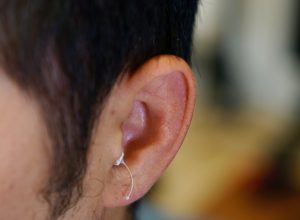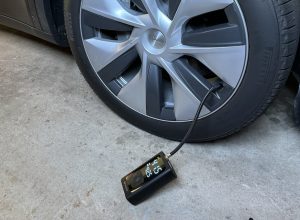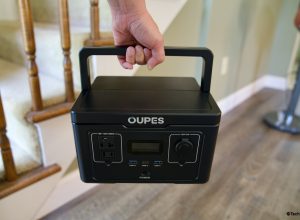Last year Qualcomm came up with one of its best SOC in the form of Snapdragon 800 which was included in a lot of flagship devices like LG G2, Nexus 5, Nokia Lumia 1520, Note 3 and the Xperia Z1. By now, everyone would have an idea about how fast these smartphones are when it comes to performance. This year on MWC, Qualcomm came up with a new SOC known as Snapdragon 801 which lies between the Snapdragon 800 and the upcoming Snapdragon 805.
A lot of people are confused about the new Snapdragon 801, if it’s something new or just an overclocked version of the Snapdragon 800. We will sum it up for all of you who are not aware of the differences. The Snapdragon 800 is a 32-bit processor clocked at 2.26 GHz which consists of 400 krait cores and an Andreno 330 GPU clocked at 450 MHz, while the new Snapdragon 801 will be offering higher clock speeds both in terms of CPU and GPU, including eMMC 5.0 memory card support which will boost transfer rates up to 400 MB/s.

There is a different though between the Snapdragon 801 used on the upcoming flagship devices as there are two separate models. The Snapdragon 801 (MSM8974-AB) which will be installed in the Xperia Z2 and the Oppo Find 7 will be clocked at 2.36 GHz with the GPU clocked at 465 MHz. On the other hand the Snapdragon 801 (MSM8974-AC) which will be installed on the Galaxy S5 will be clocked at 2.45 GHz with the GPU clocked at 578 MHz.
The ISP (Image Signal Processor) and the Memory Interface have also been overclocked with the ISP clocked from 320 MHz to 465 MHz while the memory interface from 800 MHz to 933 MHz, which will help in improving the rendering speed after taking a pic. That is how Samsung achieved the fastest smartphone camera on planet which takes just 0.3 seconds to take a picture, not to mention the native 4k video support and real time HDR mode.
The Snapdragon 801 will also support dual-SIM with dual activation. So you can clearly see that Snapdragon 801 is not just an overclocked version of Snapdragon 800, but the SOC brings in a lot more functionality.
Disclosure: We might earn commission from qualifying purchases. The commission help keep the rest of my content free, so thank you!



